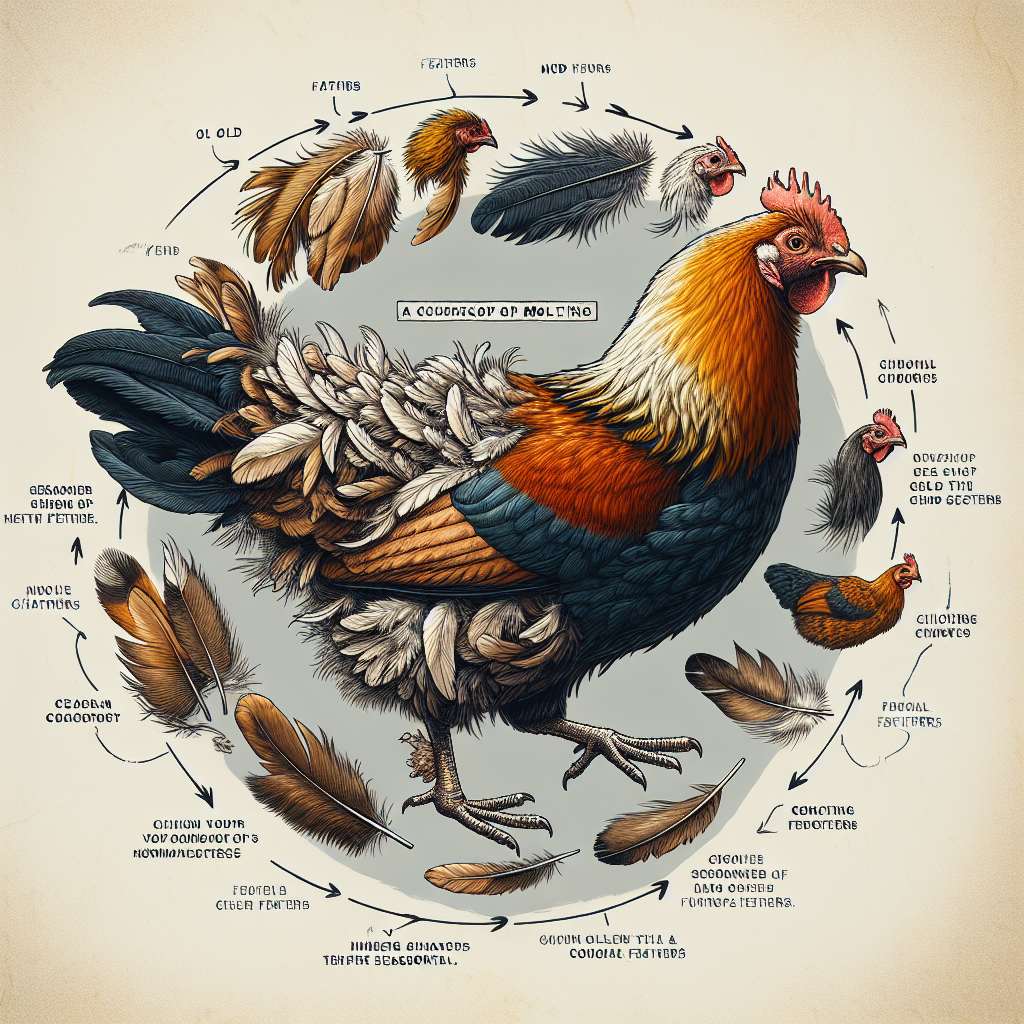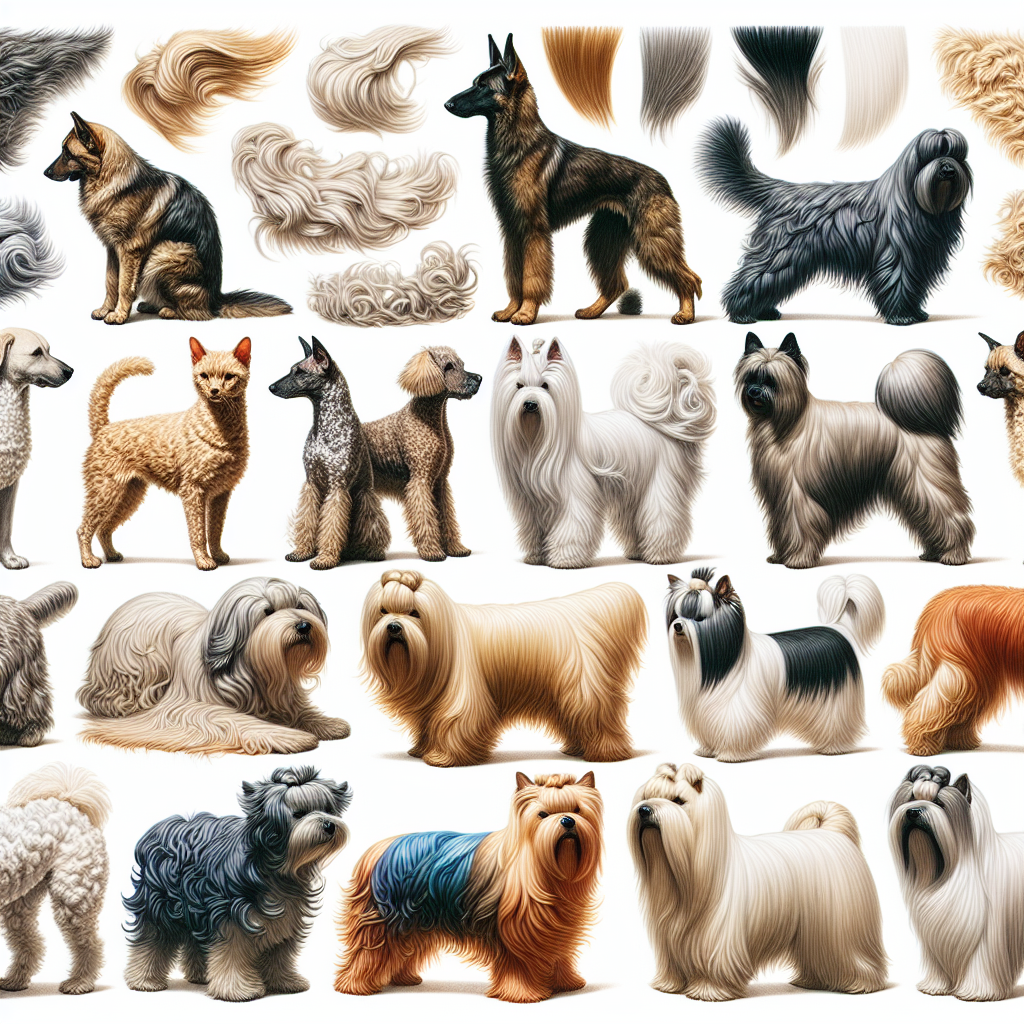Have you noticed that some of your chickens have begun their molting process while others show no signs of shedding feathers? Understanding why this discrepancy occurs can help alleviate any concerns you may have about your chickens’ health and well-being. In this article, we will explore the possible reasons why some chickens molt earlier than others and provide insights into managing the molt effectively for all your feathered friends.
Possible Reasons for Delayed Molting
Molting, the process in which chickens shed their old feathers and grow new ones, is a natural and essential part of their life cycle. However, it can be concerning if some of your chickens have not started molting while others in the flock have already begun. There are several possible reasons for this delay, ranging from health issues to environmental factors, maturity of the chickens, stress, and breed differences. Understanding these factors can help you identify the cause of delayed molting in your chickens and take appropriate measures to support their overall well-being.
Health Issues
The first potential reason for delayed molting in chickens is health issues. Like any living beings, chickens may experience illness or disease that can impact their molting cycle. If a chicken is unwell or suffering from a disease, their body may prioritize addressing these health issues over molting. Some common diseases or illnesses that can cause delayed molting include viral or bacterial infections, parasites, fungal infections, or other internal issues. It is essential to closely monitor your flock’s health and consult a veterinarian if you suspect any underlying health problems that may be affecting their molting process.
Another health-related factor that can contribute to delayed molting is dietary imbalances. Chickens require a well-balanced diet to maintain optimal health and support feather growth. If their diet lacks essential nutrients such as protein, vitamins, or minerals, it can hinder their molting process. Ensuring that your chickens have access to a nutritionally complete feed and providing additional supplements when necessary can help address any dietary imbalances and promote healthy molting.
Maturity of the Chickens
The maturity of the chickens is another aspect that can influence the timing of molting. Just like humans, chickens go through stages of growth and development. The aging process plays a significant role in determining when a chicken will molt. Younger chickens who have not reached sexual maturity yet may not undergo molting until they are fully developed. On the other hand, older chickens who have already gone through several molting cycles may exhibit delayed molting due to the natural slowdown of their reproductive hormones. Understanding the maturity stage of your chickens can help you gauge whether delayed molting is simply a matter of their age.
In addition to age-related factors, the first molting cycle of a chicken can also cause variations in the timing of subsequent molts. Some chickens may experience delays in their first molting cycle, which can subsequently affect the scheduling of future molts. It is important to be patient and observe the molting patterns of individual chickens to determine if their delayed molting is a one-time occurrence or a recurring trend.
Environmental Factors
Environmental factors play a crucial role in the overall health and well-being of chickens, including their molting process. Lighting conditions have a significant impact on the timing and intensity of molting. Chickens have an internal biological clock that is influenced by daylight. Reduced exposure to natural daylight or abrupt changes in lighting conditions can disrupt their molting cycle. If your chickens are kept in an environment with insufficient or inconsistent lighting, it can lead to delayed molting. Providing a consistent and appropriate amount of light can help regulate their internal clock and promote timely molting.
Temperature and season are also environmental factors that can affect molting. Chickens require a certain temperature range for optimal health and feather growth. Extreme temperatures or sudden fluctuations can cause stress and delays in molting. Moreover, molting tends to occur more frequently during the late summer or early fall when the days become shorter. This is a natural response to prepare for the upcoming winter and ensure that chickens have fresh, insulated feathers to keep them warm. If the seasonal cues are disrupted or your chickens are exposed to unnatural temperature conditions, it can impact their molting timeline.
Stress
Chickens, like any animals, can experience stress, which can have a significant impact on their molting patterns. Stress can arise from various sources, including changes in the environment, predator threats, or social hierarchy issues within the flock. Any significant change in the chicken’s surroundings, such as moving to a new coop or introducing new flock members, can cause stress and delay molting. Similarly, if your chickens are constantly exposed to predator threats or experience aggressive pecking from dominant flock members, it can disrupt their natural molting cycle. Providing a stress-free and safe environment for your chickens can help minimize these factors and promote timely molting.
Breed Differences
Breed differences can also affect the molting process in chickens. Different breeds have varying genetic variations and feather growth rates, which can result in differences in their molting schedules. Some breeds may molt earlier or more frequently than others, while others may have a naturally delayed molting pattern. It is essential to understand the characteristics and molting tendencies of your specific chicken breeds to determine if their delayed molting is within the normal range. Consulting breed-specific resources or experienced breeders can provide valuable insights into the molting patterns of different chicken breeds.
Importance and Impact of Molting
Understanding the importance and impact of molting can help you appreciate the significance of the process and its connection to the overall well-being of your chickens. Molting serves as a vital opportunity for chickens to restore their energy levels and rejuvenate their bodies. During molting, chickens redirect their energy from egg production to feather growth, allowing them to replace old and worn-out feathers with new ones. This restoration of energy and focus on feather growth plays a crucial role in maintaining their overall health and vitality.
Feather growth and quality are other key aspects influenced by molting. Healthy molting ensures the development of strong and beautiful feathers in chickens. Feathers serve as a natural barrier against the elements, protecting chickens from temperature extremes, moisture, and potential injuries. Regular molting and subsequent feather growth help maintain a dense and intact plumage, which is essential for insulation, flight, and protection from predators. By supporting the molting process and promoting healthy feather growth, you are enhancing the overall health and welfare of your chickens.
Common Signs of Molting
While understanding the reasons behind delayed molting is crucial, it is equally important to recognize the common signs that indicate molting in chickens. Feather loss is one of the most visible signs of molting. During the molting process, chickens shed their old feathers, which may be scattered around their coop or run. You may notice patches of bare skin or partially grown feathers on your chickens, especially around the head, neck, and vent. This is a normal part of the molting process and indicates that new feathers are growing beneath the surface.
Changes in behavior and appetite are also common during molting. Chickens going through molt may exhibit reduced energy levels, preferring to rest and conserve their energy for feather growth. They may appear lethargic or less active than usual. Additionally, molting chickens may experience a decrease in appetite and show a reduced interest in food. This is partly due to the shift in energy allocation to feather growth and the body’s natural prioritization of resources. While these common signs may cause concern, they are temporary and should not be a cause for alarm as long as the chickens are otherwise healthy and showing no signs of illness.
Understanding the Molting Process
To better support your chickens during the molting period, it is helpful to understand the molting cycle and its different stages. The molting process typically consists of three stages: pre-molt, molt, and post-molt. During the pre-molt stage, chickens undergo physiological changes in preparation for molting. This includes the reabsorption of nutrients from old feathers and the growth of new ones beneath the surface. The molt stage is characterized by the shedding of old feathers and the emergence of new feather shafts. Finally, the post-molt stage involves the completion of feather growth and the restoration of energy levels.
The duration of molting can vary depending on several factors, including the individual chicken, breed differences, and environmental conditions. On average, molting can last anywhere from a few weeks to a couple of months. Some chickens may molt quickly and finish the process within a shorter period, while others may take longer due to various factors such as health, age, or breed. It is important to be patient and provide support to your chickens throughout the molting process, ensuring they have access to a comfortable environment, proper nutrition, and reduced stress levels.
Promoting Healthy Molting
To promote healthy molt and support your chickens through this natural process, there are several key steps you can take. First and foremost, ensuring a balanced diet is essential. Your chickens should have access to a nutritionally complete feed that contains all the necessary nutrients for feather growth. High-quality feeds designed specifically for molting chickens can provide the additional protein, vitamins, and minerals they need during this energy-intensive period. Additionally, offering additional protein-rich treats, such as mealworms or black soldier fly larvae, can help support feather growth and provide an extra boost of nutrition.
Proper lighting and temperature are also crucial for healthy molting. Maintain consistent and appropriate lighting conditions for your chickens, ensuring they receive the recommended hours of daylight. Keeping their coop well-lit during the day and providing natural or artificial light sources can help regulate their internal clock and promote timely molting. Additionally, maintaining a comfortable temperature within their living space is vital. Avoid exposing your chickens to extreme temperature fluctuations that can cause stress and delay molting. Providing adequate ventilation and insulation can assist in maintaining a suitable temperature range for optimal molting conditions.
Reducing stress factors is another essential aspect of promoting healthy molting. Minimize any changes in the environment that may cause stress to your chickens. If you introduce new flock members or modify their living arrangements, do so gradually and carefully to allow for proper adjustment. Implement predator deterrents and secure their coop to ensure the safety of your chickens, reducing the risk of stress-induced molting delays. Furthermore, managing the social hierarchy within the flock and avoiding excessive aggression can help minimize stress and maintain a harmonious environment for molting chickens.
In conclusion, delayed molting in chickens can have various causes, including health issues, maturity of the chickens, environmental factors, stress, and breed differences. By understanding these potential reasons, you can take appropriate measures to support your chickens’ molting process and overall well-being. Providing a balanced diet, proper lighting and temperature, and reducing stress factors are essential for promoting healthy molting. Awareness of common molting signs and knowledge of the molting cycle further contribute to your ability to provide optimal care for your flock. Remember to closely observe your chickens, consult professionals when needed, and ensure a comfortable and supportive environment for the molting process. With proper attention and care, your chickens will molt successfully and emerge with a beautiful plumage, ready to face the seasons ahead.




